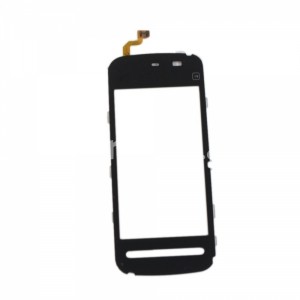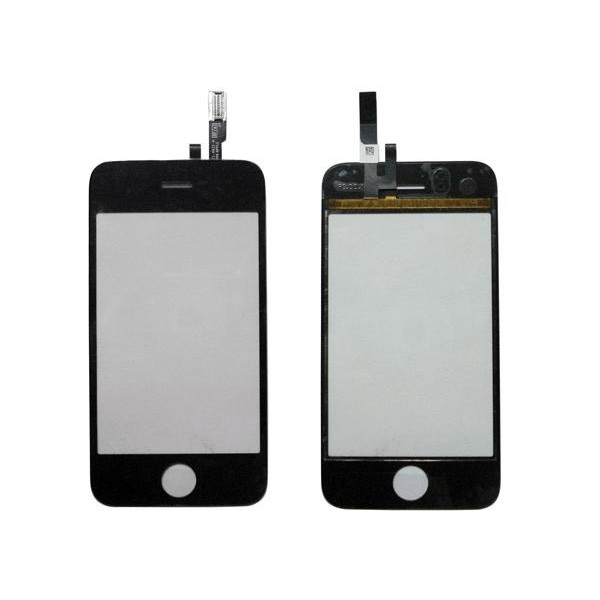These days almost all Smartphones, tabs use a touchscreen which is sensitive to finger touch or movement. So how does a normal looking glass screen of a Smartphone become a “touch sensivive screen”? What is the Smartphone Touchscreen technology?
This was my earliest experience with a Touchscreen technology:
While I was working as an engineer with Honeywell 20 years back, we had computers / systems called DCS (short for Distributed Control System). These DCSes had screens / monitors where a plant diagram would be shown in the form of a graphic and you could touch open a control valve or stop an electric motor from touch of the screen. Depending on whether the pump is ON or OFF, it would then change the colour to Green or Red.
I must admit that it was very fascinating to see these touchscreens in those days (days of wordperfect and lotus and foxbase).
Let’s look at it this way. Fundamentally, there is a screen area and you need to show some picture / graphic on it to mean something. Once an area is touched, you need something to sense it and send the location of the touch for processing. Essentially you need to convert ‘analog’ signal into a ‘digital’ one.

Imagine a good old graph where you have an X axis and a Y axis. When you touch your finger on it, since you visually see it, you can say X=1, Y=2 as the coordinates. In case of a smartphone or other touch screens, there is technology that does this electronic reading of coordinates (I’m keeping it simple to focus on touch sensing and not going into gestures and pinch etc.)
Digitizer does this touch sensing function in case of a smartphone. Different touchscreen digitizers use different technologies. Most are based in a layer on top of the normal display.
Capacitive Digitizer Screen uses the natural electrical capacitance of skin. There are two parallel plates formed from a thin coating of conductive material on a glass surface. When you touch a place on the screen, it changes the capacitance of that point. Digitizer then locates the point and sends the information to the processor.
Resistive Digitizer Screen uses two conductive layers of plastic separated by a tiny gap. A touch to the surface changes the position of plastic layers at that point because of the flexibility.

Capacitive digitizer screen is more suited for touch without gloves whereas Resistive digitizer screen works ok since it’s more about the pressure. Both support the multi touch functionality that is so frequently used these days in Smartphones.
Incidentally, as I understand, my old Honeywell TDC 3000 DCS used to have tiny light rays at the X and Y axis at the side of the large screens to detect where a touch was made.
So, there are many technologies that are used to make Smartphone Touchscreen.